Description
This product is not for use in Neonates and infants, as it contains Benzyl alcohol.
Pharmaceutical form:
Ampoules.
PROPERTIES:
Pharofen ampoules contains diclofenac sodium which is a nonsteroidal anti-inflammatory drug with marked analgesic and antipyretic properties. It exerts its therapeutic effect through suppressing the synthesis of prostaglandins, the major underlying cause of inflammation, pain and fever. Pharofen has a pronounced anti-inflammatory effect in post-traumatic and post-operative conditions. Pharofen is very helpful as an analgesic in severe pain; it can also be used as a loading dose in rheumatic and degenerative diseases.
Pharmacokinetics:
ϖ After administration of 75 mg diclofenac by IM injection, absorption sets in immediately and mean plasma concentrations of about 2.5 mcg/ml are reached after about 20 minutes.
ϖ When 75 mg diclofenac is administered as IV infusion, the shorter infusion results in higher peak plasma concentrations.
ϖ The AUC after IM or IV administration is about twice as large as it is following oral or rectal administration.
ϖ About 60% of the administrated dose is excreted in the urine in the form of the glucuronide conjugate of the intact molecule and as metabolites. Less than 1% is excreted as unchanged substance. The rest of the dose is eliminated as metabolites through the bile in feaces.
INDICATIONS:
Ampoules for intra muscular use:
Ampoules are effective in acute forms of pain, including renal colic, exacerbations of
osteo- and rheumatoid arthritis, acute back pain, acute gout, acute trauma and fractures, and post-operative pain.
Ampoules used in intravenous infusion:
For treatment or prevention of post-operative pain.
dosage & administration:
By deep intramuscular injection: 75 mg once daily (twice daily in severe cases) for maximum of 2 days.
By intravenous infusion: 75 mg repeated if necessary after 4-6 hours for maximum 2 days.
Children: not recommended for use in children.
Elderly: it is recommended that the lowest effective dosage be used in elderly patient or those with low body weight.
The recommended maximum daily dose is 150 mg.
Contraindications:
ϖ Active or suspected gastro-intestinal ulcer or bleeding.
ϖ Previous sensitivity to diclofenac.
ϖ Patients in whom attacks of asthma, urticaria, acute rhinitis are precipitated by aspirin or other non steroidal anti-inflammatory agents.
ϖ Hypersensitivity to the excepients.
ϖ For IV use: concomitant NSAID or anti-coagulant use.
ϖ A history of confirmed or suspected cerebrovascular bleeding.
ϖ Operations associated with a high risk of heamorrhage.
ϖ Moderate or severe renal impairment.
ϖ Do not administer injections preserved with benzyl alcohol to premature infants, neonates, infants below 13 years pregnant women or nursing mothers. Benzyl alcohol has been associated with serious adverse events & death, particularly in pediatric patients (it may cause Gasping Syndrome) Injections preservative free should be used in these populations.
SIDE EFFECTS:
Occasional epigastric pain, other gastro-intestinal disorders (nausea, vomiting, diarrhoea, abdominal cramps, flatulance, anorexia). Headache, dizziness and disturbance of vision, occasionally skin rashes, urinary abnormalities and palpitation. Occasional reactions to intramuscular injection such as local pain and induration.
drug interactions:
ϖ Lithium and digoxin plasma level may be increased.
ϖ The risk of haemorrhage is increased with the combined use of diclofenac and anticoagulant therapy.
ϖ Antidiabetic agents dosage must be adjusted when given together with Pharofen.
ϖ Cases of nephrotoxicity have been reported in patients receiving concomitant cyclosporine and NSAIDs, including Pharofen.
ϖ Cases of serious toxicity have been reported when methotrexate and NSAIDs are given within 24 hours of each other.
ϖ Convulsions may occur due to an interaction between quinolones and NSAIDs.
ϖ Co-administration of Pharofen with other systemic NSAIDs and steroids may increase the frequency of side effect.
ϖ Various NSAIDs are liable to inhibit the activity of diuretics.
Pregnancy & lactation:
The drug is contraindicated during pregnancy and lactation.
Precautions & warning:
Used with caution in patients with renal, cardiac, or hepatic impairment. Patients with hematological abnormalities should be carefully monitored.
* Cardiovascular Risk
NSAIDs may cause an increased risk of serious cardiovascular thrombotic events, myocardial infarction, and stroke, which can be fatal. This risk may increase with duration of use. Patients with cardiovascular disease or risk factors for cardiovascular disease may be at greater risk. NSAIDs are contraindicated for the treatment of peri-operative pain in the setting of coronary artery bypass graft (CABG) surgery.
*Gastrointestinal Risk
NSAIDs cause an increased risk of serious gastrointestinal adverse events including inflammation, bleeding, ulceration, and perforation of the stomach or intestines, which can be fatal. These events can occur at any time during use and without warning symptoms. Elderly patients are at greater risk for serious gastrointestinal events.
Contains sodium metabisulfite, a sulfite that may cause allergic-type reactions including anaphylactic symptoms and life-threatening or less severe asthmatic episodes in certain susceptible people. Sulfite sensitivity is seen more frequently in asthmatic than in nonasthmatic people.
Shelf life:
3 years
PACKING:
A carton box containing 4 colourless glass ampoules each of 3 ml with a pamphlet.
STORAGE:
Keep at a temperature not exceeding 30C.
Keep out of reach of children.
instruction to patients:
Not reported.
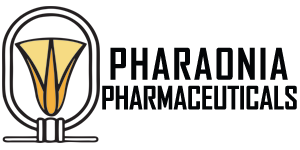

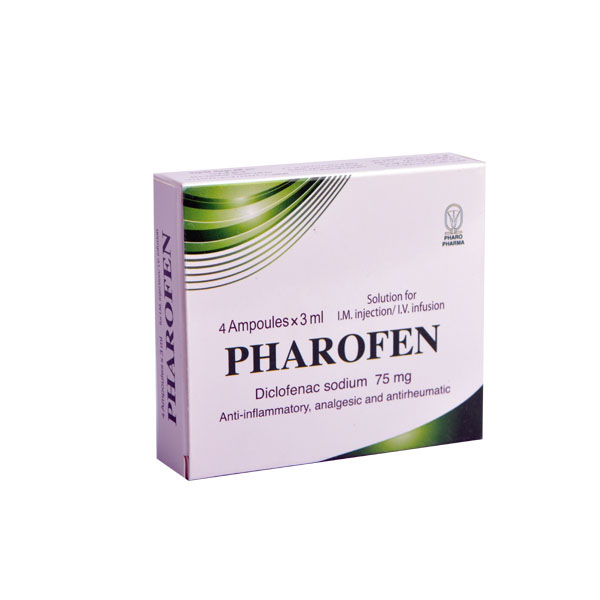

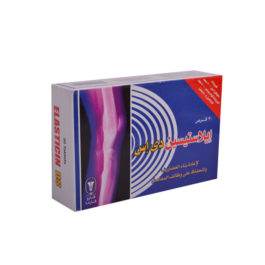
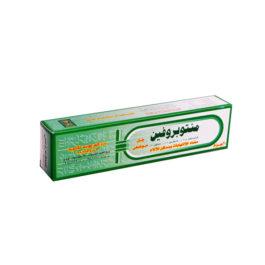
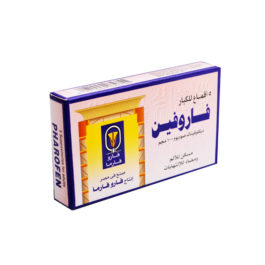
Reviews
There are no reviews yet.